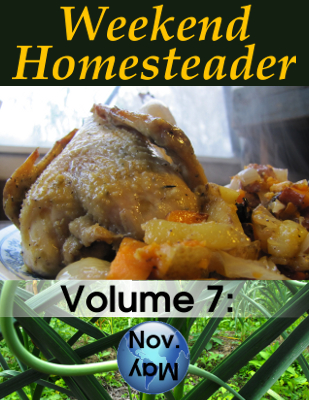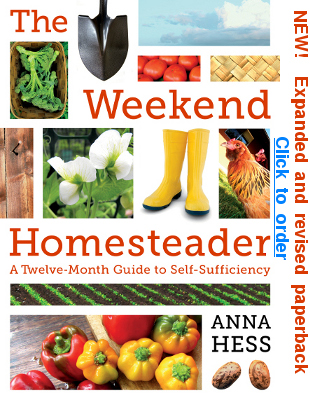
Vegetable families
 The first step in rotating your
garden is to understand which
vegetables share the same family. The list below covers all of
the vegetables you're likely to grow, and I've italicized the more
common crops so they'll be easier to find.
The first step in rotating your
garden is to understand which
vegetables share the same family. The list below covers all of
the vegetables you're likely to grow, and I've italicized the more
common crops so they'll be easier to find.
Amaranthaceae --- Amaranth
Amaryllidaceae --- Chives, garlic, leeks, onions
Basellaceae --- Malabar spinach
Brassicaceae --- Asian greens, broccoli, broccoli raab, Brussels
sprouts, cabbage, cauliflower, collards, cress, horseradish, kale, kohlrabi, mustard, radish, rape, rocket, rutabaga, turnip, watercress
Chenopodiaceae --- Beet, beetberry, Good King Henry,
lamb's quarter, mangel, orach, quinoa, spinach, Swiss
chard
Compositae --- Artichoke, cardoon,
celtuce, chicory, endive, escarole, gobo, Jerusalem artichoke, lettuce, salsify, shungiku, sunflower, yacon
Convolvulaceae --- Water spinach, sweet
potato
Cucurbitaceae --- Balsam apple, balsam
pear, cassabanana, chayote, cucumber, gherkins, gourd, luffa, melons, pumpkins, squash
Graminae --- Corn
Labiatae --- Basil, mint, thyme
Leguminosae --- Bean, lentil, pea, peanut, pigeon pea, soybean
Liliaceae --- Asparagus
Malvaceae --- Okra
Polygonaceae --- Rhubarb, sorrel
Portulaceae --- Miner's lettuce, purslane
Solanaceae --- Cape gooseberry, eggplant, garden huckleberry, ground
cherry, naranjilla, nightshade, pepino, pepper, potato, sunberry, tomatillo, tomato
Tetragoniaceae --- New Zealand spinach
Umbelliferae --- Carrot, celery, celeriac, chervil, coriander, dill, fennel, parsley, parsnip, skirret
Valerianaceae --- Corn salad
 Although this list seems
overwhelming at first glance, a closer look
will show that the majority of your garden vegetables fit into just a
few families. Experienced gardeners have pet names for several of
them, so you'll hear folks talking about "brassicas" when they mean
broccoli, kale, and the like, "cucurbits" when they want to lump squash
and cucumbers together, and "legumes" when referring to peas and beans.
Although this list seems
overwhelming at first glance, a closer look
will show that the majority of your garden vegetables fit into just a
few families. Experienced gardeners have pet names for several of
them, so you'll hear folks talking about "brassicas" when they mean
broccoli, kale, and the like, "cucurbits" when they want to lump squash
and cucumbers together, and "legumes" when referring to peas and beans.
This
week's lunchtime series includes one of the four projects from Weekend
Homesteader: November.
Stay tuned for the rest of the series, or check out the 99 cent ebook
for more information on how to store drinking water for use during
power outages, to put an entire
chicken to use in the kitchen, and to bring in cash without going to
the office.
| This post is part of our Garden Rotation lunchtime series.
Read all of the entries: |
Want more in-depth information? Browse through our books.
Or explore more posts by date or by subject.
About us: Anna Hess and Mark Hamilton spent over a decade living self-sufficiently in the mountains of Virginia before moving north to start over from scratch in the foothills of Ohio. They've experimented with permaculture, no-till gardening, trailersteading, home-based microbusinesses and much more, writing about their adventures in both blogs and books.
Want to be notified when new comments are posted on this page? Click on the RSS button after you add a comment to subscribe to the comment feed, or simply check the box beside "email replies to me" while writing your comment.

Love the clear list of vegetable families here. I've been working to understand plants this way for a few years now, but previous to finding your page, only Sheppard Ogden's book had listed the vegetable families out so clearly.
With this kind of knowledge, not only does crop rotation fall into place (too many greens? send the spinach around with the beets!), but so does biodiversity balancing- not being too heavy (cabbages) on any one family (cabbages)- no more than 30 percent of the garden, ideally less.